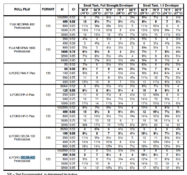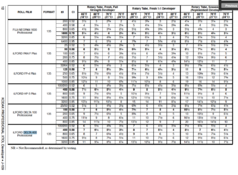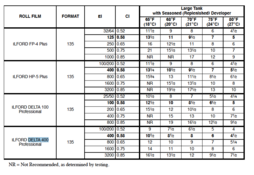@npl well... Rodinal is a different kind of a developer. You may want to keep it around, especially because it keeps well.
While I stick to Xtol by default, I do enjoy a good ISO 100 negative developed in Rodinal every once in a while. The grain and the tonal curve are completely different. Actually Fomapan 100 just happens to be the film I often use Rodinal for.
The difference in grain structure between replenished Xtol, 1+1 and stock is basically negligible. Here's the zip file with the full-sized scans of the same scene on Delta 400, developed in 3 different developers:
The light was changing from shot to shot, but for grain comparison these are perfect, just find areas with similar density.
Xtol-R, 1+1 and stock simply offer different trade-offs between consistency, convenience and cost. The end result is the same.








 . It's nice, though, to get good advices as starting point in order to save some films when there is no data from the manufacturer.
. It's nice, though, to get good advices as starting point in order to save some films when there is no data from the manufacturer.



